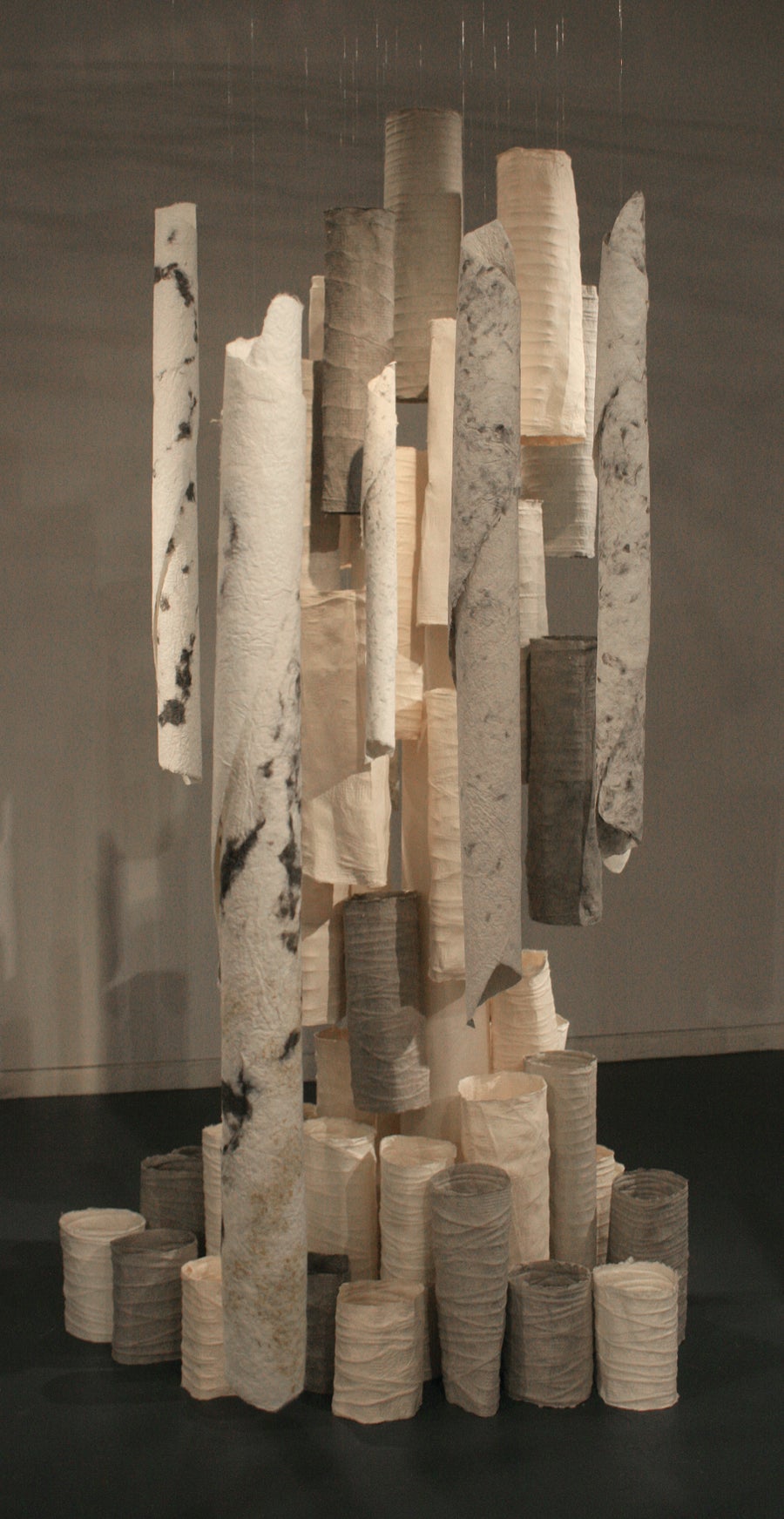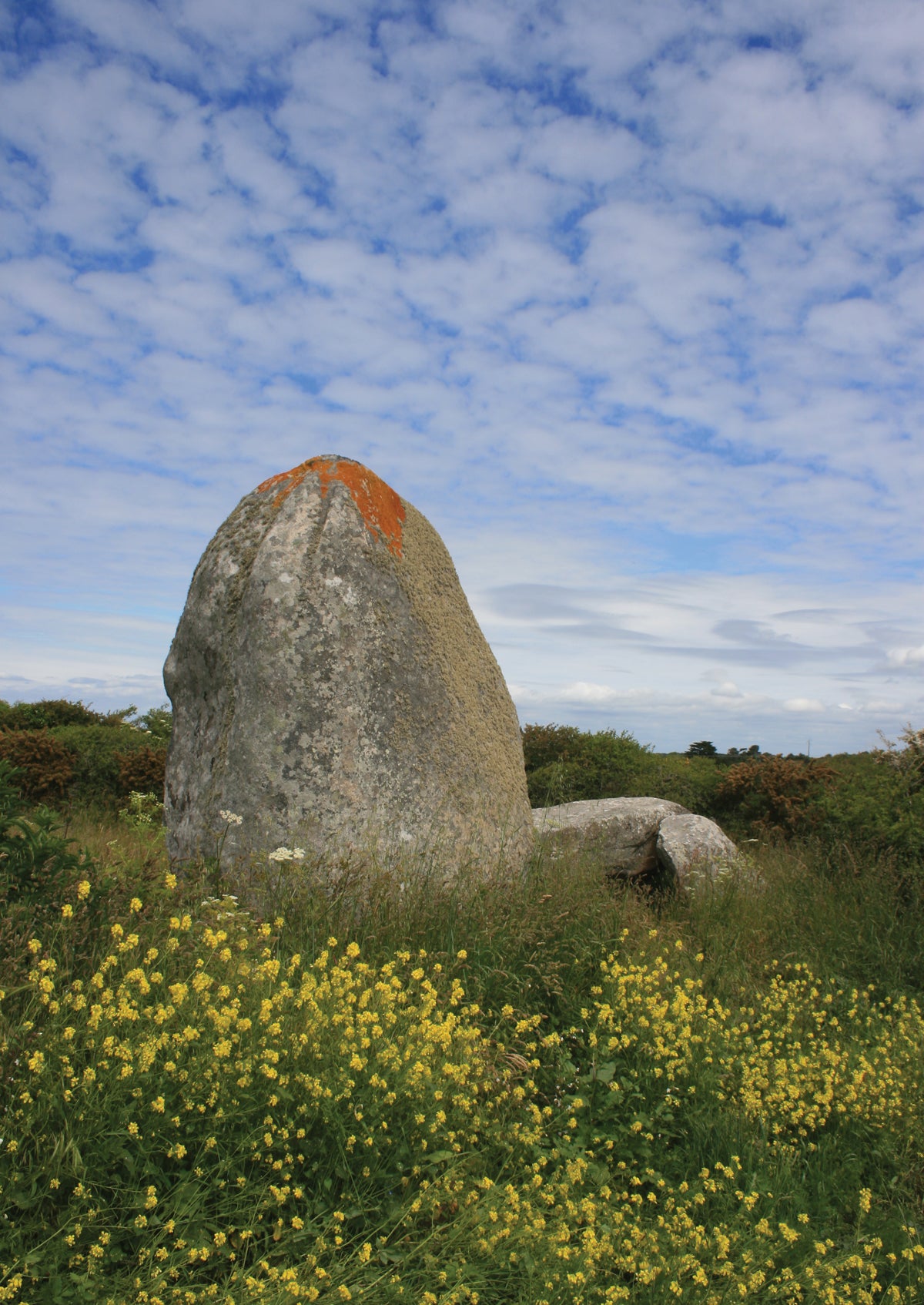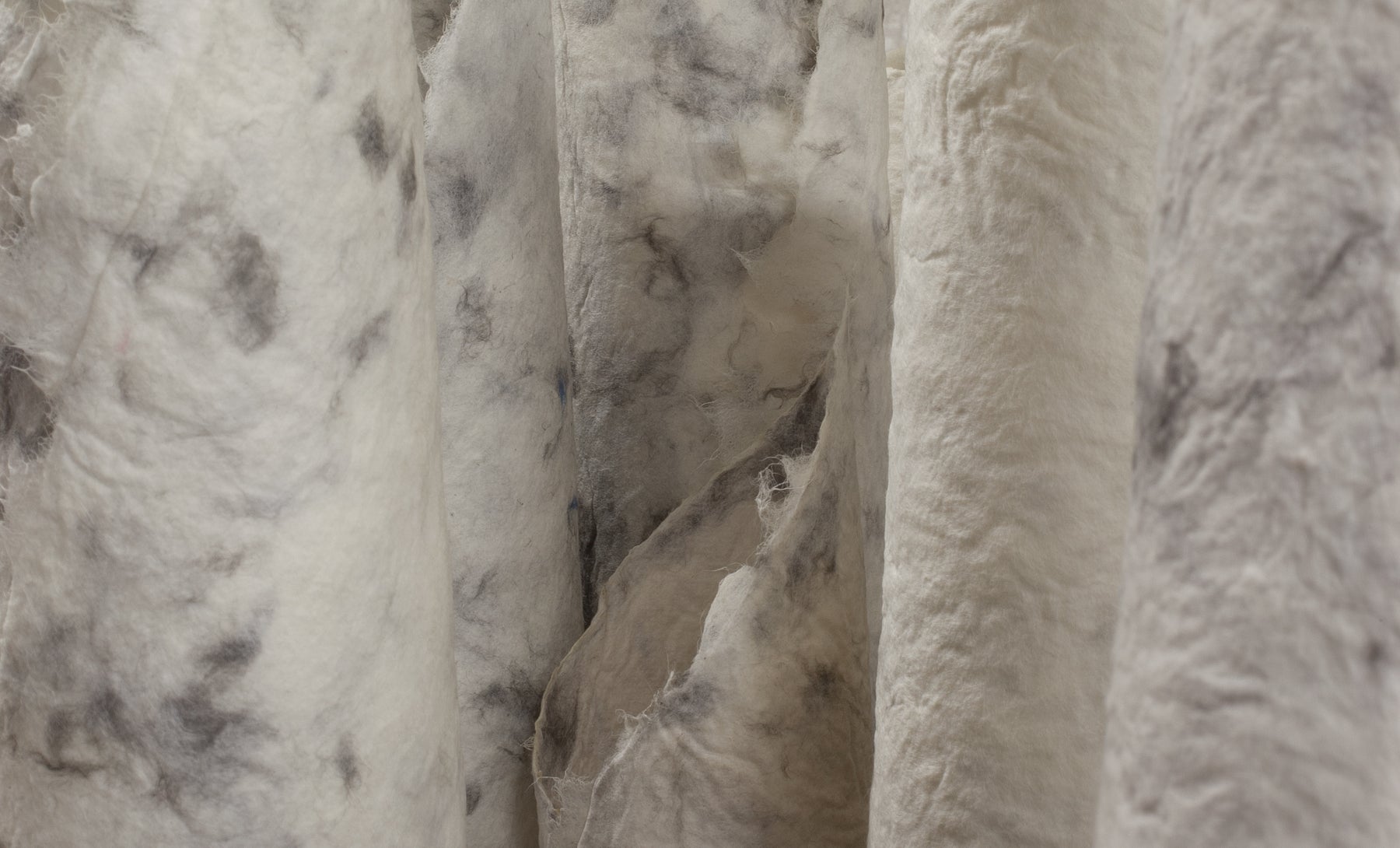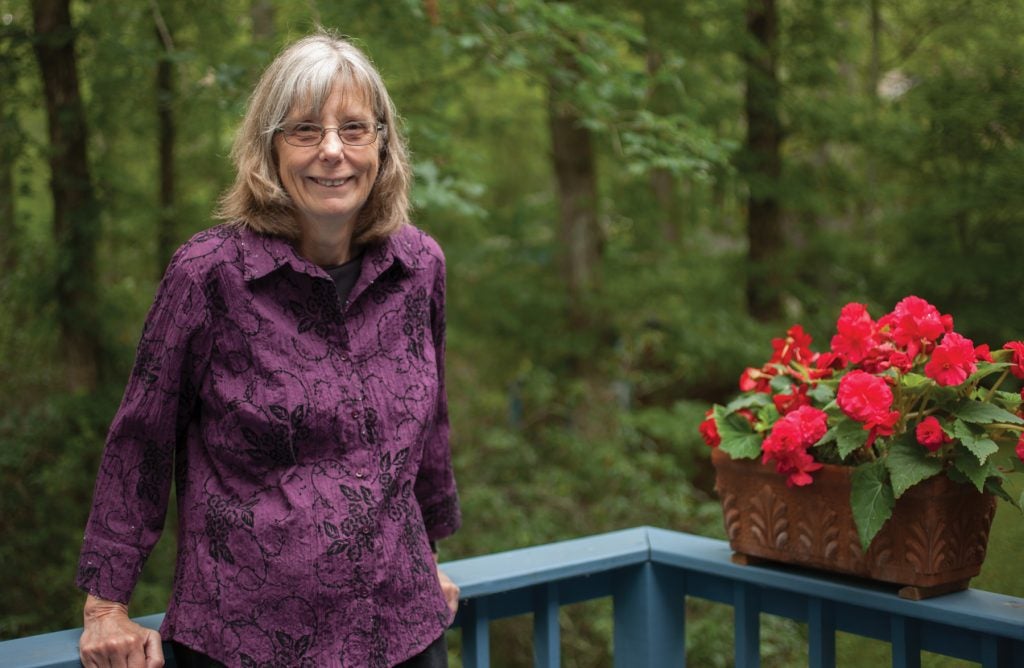"One of the beauties of her exhibits is the interaction. You don’t have to touch these things to move them; all you have to do is walk by them for them to start to sway."Jeffrey Bertwell, URI instructor of drawing
Sitting in the main gallery of the University of Rhode Island, Professor of Art Barbara Pagh reveals a harmonious nature as she discusses her work with alternating humor and seriousness.

She also displays the sense of a firm core that carried her as an artist from her undergraduate days at Mount Holyoke College to New York University, where she earned her master’s degree. She began teaching courses in printmaking and two-dimensional studio at URI in 1983.
“I’m always thinking about what the end result will be in this space,” Pagh says of the gallery and her installations.
The process of creating occurs years in advance of an installation. Pagh researches a culture and location to inspire her artistic work. She admits that choosing a site to examine is part of the joy of her process.
During Pagh’s career at URI, she has not only highlighted ancient cultures but draws a connection between them.
In 2016, with her latest showing at the University’s main gallery, Alignments, Pagh capped off a trilogy of public exhibitions, which began in 2002 with her examination of Scotland’s megalithic stone circle structures. What unites the pieces encompassing Scotland (Stone Paper Circle), Ireland (Passages), and Brittany (Alignments), is a sense of a disparate shared culture, utilization of stone, and a sense of awe, demanding introspection and curiosity.

Megalithic construction in Brittany started between 5,000 and 2,000 BC with the most well-known sites found around the village of Carnac. Alignments are rows of standing stones (menhirs), ranging from one row of a few stones to several rows of hundreds of stones. In her installation Alignments, Pagh uses the repetition of 100 handmade paper tubular forms hanging from the ceiling to create linear rows in the gallery that the viewer can pass through. At the end of the rows, digital images of large menhirs printed on cotton are hung in the form of a cromlech.
“My intention is not to be totally representational of what I am looking at, but to interpret it and try to capture the feeling of the space that I am in,” Pagh says of her interpretations of these ancient sites.
The woven path a person went through of the installation Stone Paper Circle, led one art critic, Doug Norris in Art New England, to characterize the work as: “A passage symbolizing the journey of human life from awakening to awareness, past to present, this world to the next.”
Pagh was inspired to create her own paper for her exhibitions and prints. “I read an article in a magazine that said you could make paper in a blender, and that’s what got me started.”

Even though she was traditionally a printmaker, Pagh began working paper beyond its flat two-dimensional form. She began a three-dimensional exploration of her medium by making artistic bowls and expanded this approach to other forms over time.
For Pagh, while building and altering these structures, this feeling of connection begins a balancing act between communicating the experiential quality of a natural space while also highlighting the cultural realities and beliefs that each civilization maintained.
“When structures alter the landscape and you’re there, it’s a feeling of connection to the people that made these structures and made these marks on the structures,” Pagh reflects. “And, how do you have somebody else who hasn’t been there have a similar kind of experience?”

Pagh based her 2009 installation, Passages, on Ireland’s Megalithic Passage Tombs in Newgrange, Knowth, and Dowth, which are large mounds of earth or stone with a narrow passage leading from outside into a central chamber or chambers. From that inspiration, Pagh carved out a space in which individuals could walk diagonally through the installation with an increasing light echoing the physical experience of passage tombs. While simultaneously maintaining a sense of one’s life journey.
For Pagh, these elements are often deconstructed and implanted. “It’s organic in itself, the hanging process,” she says.
As an artist, she sees the need to roll with the unexpected when coming into an exhibition space. Such is the case with lighting during installations of hanging materials and unexpected patterns of shadows.
“That in a way is the exciting part, the work is not just totally mapped out,” Pagh says.
While Pagh continues working with two-dimensional printmaking, it is her three-dimensional sculptures filled with life that one finds harmony between art and artist.
Story originally printed in Momentum: Research & Innovation, a publication of the Vice President for Research and Economic Development, with editorial, graphic design and production by the Office of University Research External Relations.
